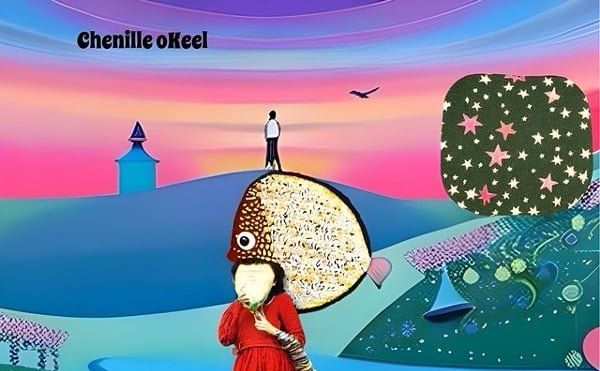TMI?
I’m a little ashamed to say I hadn’t really heard a Bob Dylan record until I was in my mid-20s. I remember the day I fell in love with Highway 61 Revisited — I was lying on the dirty shag carpet of my attic apartment, staring up at a rotting pinecone trapped in a skylight and contemplating my own uncertain future as I listened to “Like a Rolling Stone” on repeat. The song seemed to be about being a young, creative person struggling to find a way alone in the world — frightening, but exhilarating. I wasn’t quite sure what was happening with Napoleon in rags and the Siamese cat being carried over a shoulder, but taking that diamond ring and pawning it, babe, seemed like a poignant statement to me at the time.
After Lou Reed’s death, I went down an Internet rabbit hole searching for all things related to the Velvet Underground. I ended up getting sidetracked and fixated on Edie Sedgwick, the model/heiress turned artist/actress who hung out a lot at The Factory with the Velvets and Andy Warhol in the mid ’60s. For a brief period, Sedgwick was Warhol’s muse and the star of several of his films, until he tired of her and moved onto newer It Girls. Sedgwick apparently never received any payment for her work in Warhol’s films and sunk into a deep depression, augmented by addiction and anorexia.
During this time, Sedgwick had a short romantic fling with Dylan, which turned into a soap-operatic story of unrequited love, nasty rumors and heartbreak. Sedgwick’s life ended far too early — she was only 28 years old when she passed away from an overdose. In learning about Sedgwick, I discovered that Dylan had alluded to the lyrics of “Like a Rolling Stone” having been inspired by Sedgwick. The song I had once loved and related to now read to me as an ugly rant against a woman who loved him in vain. It felt like he was kicking her while she was already down on her luck. I haven’t been able to listen to the song since without that association.
In a recent interview with the Village Voice, Annie Clark, who performs as St. Vincent, spoke about a Beatles song penned by Paul McCartney: “‘Martha My Dear’ is about a dog. I wish I didn’t know that.” Clark herself has been very guarded when asked about the meaning behind her own songs. She remarked, “There is so much autobiography contained within the songs that I don’t see the need to deflate them with the mundane.”
We’re naturally curious about the lives and motivations of the people who make songs we relate to and which we mark our own life experiences by. It’s tempting to want seek out the sordid details, but it can often lead to disappointment. Marc Maron, the host of the greatly entertaining “WTF” podcast, spoke to Nick Lowe last year. He was clearly shocked when he learned Lowe’s song “The Beast in Me” (written for Johnny Cash) wasn’t based on Lowe’s life at all. Instead, the song was a complete work of fiction. Lowe said, “My stuff isn’t autobiographical. I’m an old-fashioned Denmark Street hack.” Maron was crushed.
It’s interesting that we can accept movies and books as works of fiction, but when we learn that a songwriter’s words are not necessarily based on a personal narrative, we feel cheated and the song becomes cheapened. In a time when it’s become commonplace, even expected, for artists to broadcast their lives to their fans on a daily basis through social media, it’s interesting that we still have such a conflicted relationship with the experiences (or lack of experiences) of the artists themselves.
Perhaps it’s worth taking a cue from songwriter Iris Dement when we listen to a song: “Everybody’s worryin’ ’bout where they’re gonna go when the whole thing’s done/But no one knows for certain and so it’s all the same to me/I think I’ll just let the mystery be.” ![]()
Carrie Neumayer plays in the bands Second Story Man, Julie of the Wolves and Early Age. She is also a visual artist and educator.






